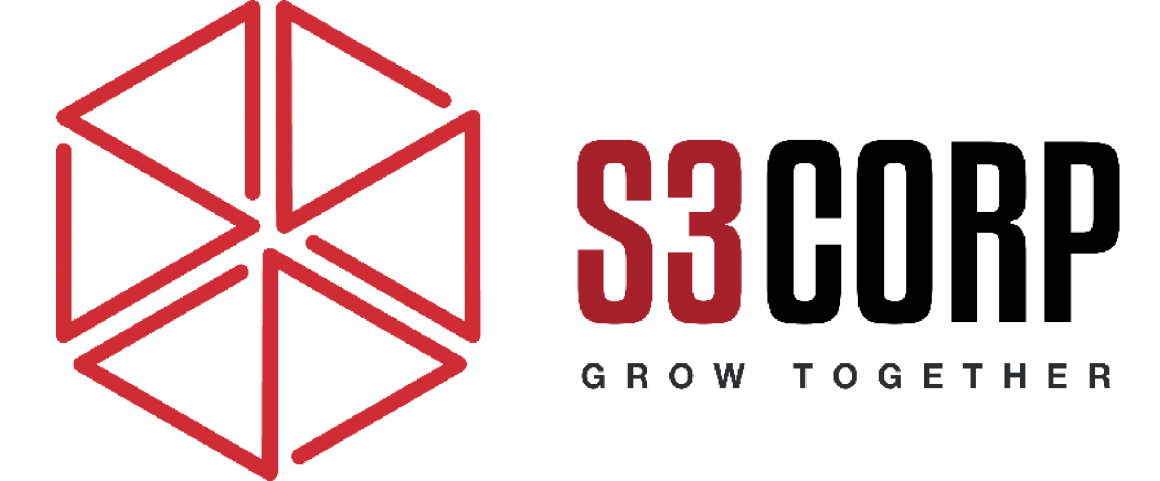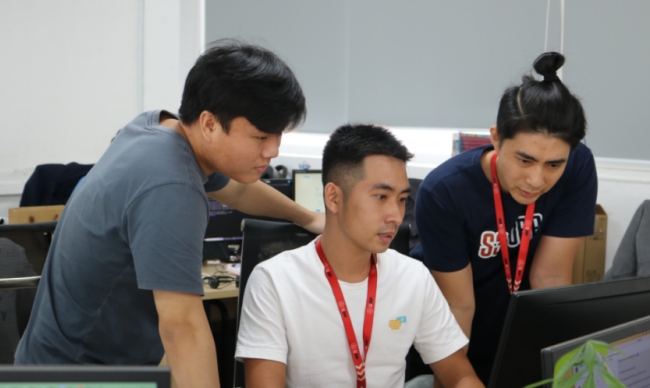Improving Meetings: A Comprehensive Guide
— October 28, 2016In the context of web app development or mobile application development, meetings are an integral part of ensuring progress and collaboration. However, many meetings fall into the trap of inefficiency, becoming dreaded events that consume time without yielding valuable outcomes. Poorly executed meetings reflect the pitfalls of corporate culture and squander valuable resources. Yet, they don’t have to be this way.
Forward-thinking companies, such as Google and Apple, have redefined how meetings are conducted, proving they can be purposeful and engaging. Whether you’re leading a team in software outsourcing in Vietnam or contributing as a junior team member, you can transform your meetings into effective tools for collaboration and problem-solving. Below is an expanded exploration of strategies to make meetings more effective, practical, and engaging.
Evaluate Your Role in the Meeting
Before attending any meeting, ask yourself if your presence is truly necessary. Many professionals find themselves in meetings where their input is minimal, leading to wasted time that could have been better spent on focused tasks. If you are organizing a meeting, critically assess who needs to attend. Instead of including everyone remotely related to the topic, distribute detailed meeting notes afterward. This ensures transparency while respecting team members’ time.
When deciding to participate, make the most of your involvement. Approach meetings with clear objectives and readiness to contribute meaningfully.
Prepare Thoroughly
Preparation is the cornerstone of a productive meeting. Entering a meeting without preparation diminishes its effectiveness and disrespects everyone else’s time. Familiarize yourself with the agenda, review relevant materials, and identify any questions or key points you wish to address. When all participants come prepared, discussions are sharper, decisions are faster, and outcomes are actionable.
For those leading the meeting, establish a clear agenda. Communicate the purpose and goals in advance so participants can align their expectations. Distribute relevant background materials beforehand, reducing the need for lengthy explanations during the meeting.
Set Specific Goals and Agendas
A well-defined agenda is crucial to maintaining focus and driving results. Clearly articulate the meeting’s objectives and share these with participants ahead of time. This eliminates ambiguity and helps guide the conversation toward actionable outcomes. Many meetings falter because they lack a specific purpose, leading to meandering discussions that accomplish little.
For example, in web application development projects, a meeting might focus on resolving technical roadblocks or reviewing project timelines. Clearly stating these objectives helps the team stay aligned and productive.
Engage Participants Effectively
Engagement is critical to a successful meeting. Ensure every participant has a role, whether it’s providing insights, offering solutions, or making decisions. If you’re attending the meeting, take the initiative to ask thoughtful questions and contribute to the discussion. Avoid reiterating points others have already made, as this wastes time and detracts from the meeting’s momentum.
Starting meetings at an unconventional time, such as 10:10 AM or 9:58 AM, can help grab attention and reduce tardiness. This simple adjustment signals that the meeting is structured and punctuality is valued.
Limit Distractions
Technology can be both a blessing and a curse in meetings. While tools like laptops and tablets can aid in collaboration, they can also distract participants. To maintain focus, establish a “no tech at the table” policy. Encourage participants to take notes on paper, fostering engagement and minimizing interruptions. This approach often shortens meetings by eliminating unnecessary diversions.
Avoid Lengthy Presentations
Presentations are often the bane of effective meetings. Avoid the common mistake of reading bullet points from slides, as this rarely adds value. Instead, share presentation materials before the meeting, allowing participants to review them in advance. Use the meeting time to address questions, discuss actionable insights, and make decisions. This shift keeps meetings dynamic and outcome-oriented.
Explore Alternative Meeting Formats
Standing or walking meetings are gaining popularity in organizations worldwide. These formats promote brevity, ensure participants stay on point, and even contribute to better health. For brainstorming sessions or quick updates, walking meetings can be particularly effective.
Short meetings are often more productive. Aim to keep meetings as concise as possible, with a maximum length that suits your goals. For many teams, this means limiting meetings to 30 or 60 minutes. Always set a clear end time and stick to it. Knowing there’s a defined endpoint helps participants remain focused and efficient.
Ensure Actionable Outcomes
Every meeting should conclude with clear, actionable steps. Define what needs to be done, who is responsible, and when tasks are due. Accountability is key to ensuring the meeting achieves tangible results. For instance, in mobile application development projects, this might involve assigning tasks related to UI design revisions or API integration testing.
Documenting the meeting’s outcomes is equally important. Share a summary of decisions, action items, and deadlines with all participants. This not only reinforces shared understanding but also provides a reference point for future progress.
Respect Time and Foster Accountability
Effective meetings demonstrate respect for everyone’s time. Starting and ending on schedule reinforces this principle. Additionally, designate a leader or facilitator for every meeting to guide the discussion and ensure objectives are met. This individual is responsible for maintaining focus and holding participants accountable for their contributions.
Cultivate a Culture of Improvement
Improving meetings requires a cultural shift. While you may not have the authority to overhaul your company’s approach to meetings, you can lead by example. Apply these principles to the meetings you organize or attend, demonstrating their effectiveness and encouraging others to adopt similar practices.
In the context of outsourcing companies in Vietnam, fostering efficient meetings can significantly enhance collaboration across teams. Clear communication, actionable goals, and a commitment to respecting time are universally beneficial practices.
Final Thoughts
Meetings are an essential part of modern work life, especially in collaborative environments like web and mobile application development. By implementing the strategies outlined above, you can transform meetings from time-consuming obligations into valuable opportunities for progress. Whether you’re leading a meeting or participating as a team member, your efforts can contribute to a culture of efficiency and effectiveness.
What strategies have you found most effective for improving meetings? Share your insights and experiences to help others optimize their approach.





